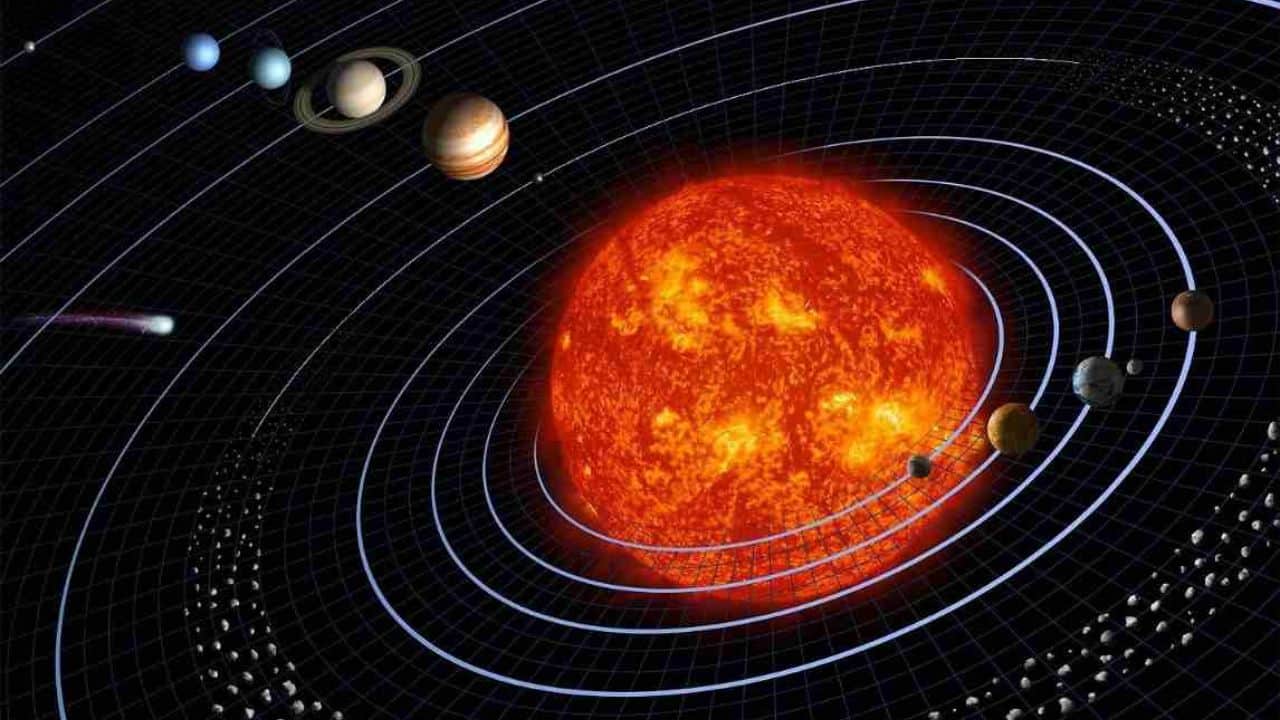India’s sun-monitoring spacecraft has passed a watershed moment in its quest to escape “the sphere of Earth’s influence,” the country’s space agency announced, only days after its lunar rover failed to awaken.
The Aditya-L1 mission, which launched on September 2 for a four-month voyage to the center of the solar system, carries equipment to study the sun’s outermost layers.
“The spacecraft has escaped the sphere of Earth’s influence,” announced the Indian Space Research Organisation (ISRO) late Saturday.
Aditya, named after the Hindu solar deity, has covered 920,000 kilometers (570,000 miles), or slightly more than half the overall distance of the journey.
The gravitational effects of both astronomical bodies cancel out at that moment, allowing the spacecraft to maintain a stable halo orbit around our nearest star.
“This is the second time in succession that ISRO could send a spacecraft outside the sphere of influence of the Earth, the first time being the Mars Orbiter Mission” , said the organization.
India became the first country to land a craft near the mostly unexplored lunar south pole in August, and only the fourth country to land on the moon.
Pragyan investigated the area around its landing location but was turned off before the start of lunar darkness, which lasts around two weeks on Earth.
India wanted to extend the mission by reactivating the solar-powered rover once daylight returned to the lunar surface, but has so far been met by radio silence.
“It is OK if it does not wake up because the rover has done what it was expected to do,” ISRO chief S. Somanath said on Wednesday.
India became the first Asian country to place a vehicle in orbit around Mars in 2014, and it plans to launch a three-day crewed mission into Earth orbit next year.
Beginning with NASA’s Pioneer mission in the 1960s, the United States and the European Space Agency have deployed several probes to the center of the solar system.
Both Japan and China have launched solar observatory missions into Earth orbit.
However, if successful, ISRO’s current effort will be the first by any Asian country to place a satellite in orbit around the sun.






































